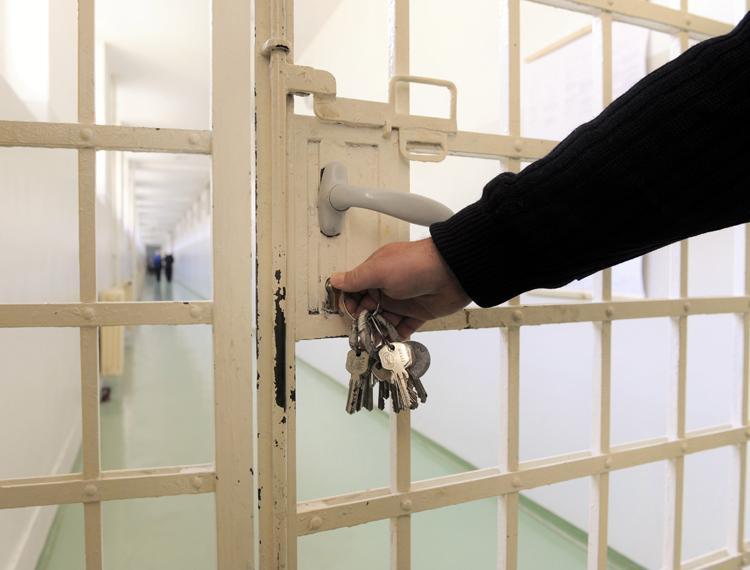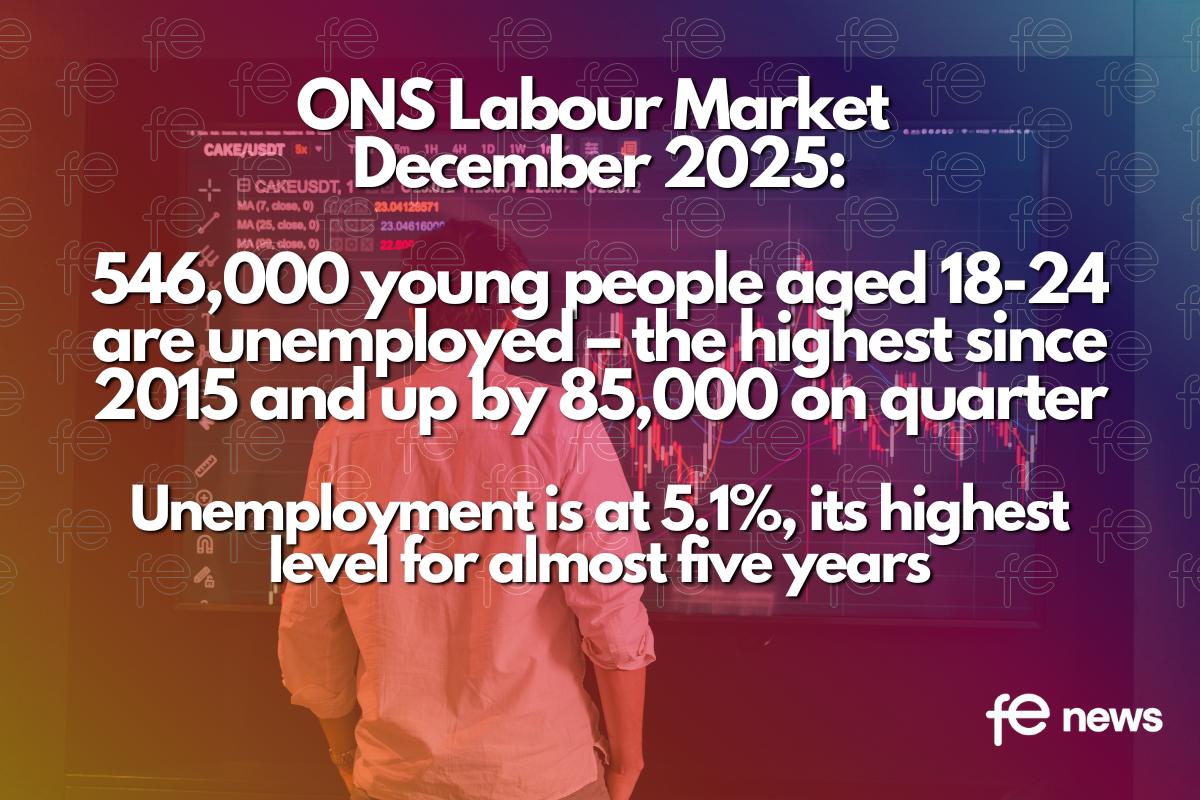‘More apprenticeships for prisoners would cut the £15bn annual bill for reoffending’, say AELP and ERSA

The AELP/ERSA report ‘Prisoner Apprenticeship Pathway’, has called for a cross-government approach to enable more prisoners to take up apprenticeship opportunities while still in prison, improving their chances of finding sustainable employment on their release.
Association of Employment and Learning Providers (AELP) and Employment Related Services Association (ERSA) have put forward a series of recommendations to kickstart the Prisoner Apprenticeship Pathway which was first proposed in a Ministry of Justice white paper in 2016.
Sponsored by Milton Keynes College, the report makes the case that far too many prisoners are being released back into our communities without the necessary skills and qualifications to be employed. And too many employers are not willing to take the ‘risk’ of employing an ex-prisoner.
To get the pathway off the ground, AELP and ERSA want the government and programme providers to build on best practice by addressing the report’s recommendations including:
- a need for the various Whitehall departments, such as the Ministry of Justice, the Department for Education, to form a working group which would look at issues like who would fund the prisoner apprenticeship pathway
- good workplace type facilities inside prisons to enable prisoners to start their apprenticeships before release
- improving the teaching of English and maths which remains a huge barrier to many prisoners gaining employment after release
- pathway pilots focusing on specific sectors and trialling Virtual Reality technology and
- continuity of support for the ex-prisoner with a single point of contact as the apprenticeship programme continues with an employer after release.
To implement an effective and sustainable through the gate prisoner apprenticeship pathway will require high levels of collaboration, leadership and an effective communication strategy to engage prisoners and employers. Without concerted action, there is little hope for reducing the £15bn bill that the country currently picks up each year for reoffending.
Co-Chair for Prisoner Apprenticeship Pathway Dan Hayes, former Justice Solutions Director, Gov Facility Services Ltd (GFSL) commented:
‘There are already some emerging examples of good practice. However, if it was easy to do it would already be happening! But we know that there are unrealised opportunities to replicate the ‘world of work’ within a prison setting that could support the practical vocational element of a Prisoner Apprenticeship Pathway such as catering, cleaning and facilities management, carpentry, electrical installation, plumbing, construction, painting and decorating and groundworks. Getting the Pathway off the ground would be a win-win for ex-offenders, employers and the taxpayer.’
Co-Chair for Prisoner Apprenticeship Pathway Suzanne Purcell, Employment & Skills Manager, Kent, Surrey & Sussex CRC commented:
‘There is no doubt these recommendations raise challenging legislative questions. However, the benefits of education in prisons being linked more closely to the skills required in the local labour market is key to developing appropriate apprenticeship opportunities as well as raising a sense of purpose, hope and aspiration in our prisoner population. The development of a Pathway has the opportunity to improve employment prospects upon release as well as reduce the rate of re-offending and the costly bill associated with this – rightly a priority for the Ministry of Justice.’











Responses